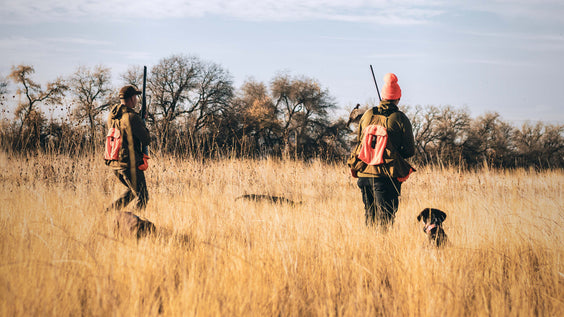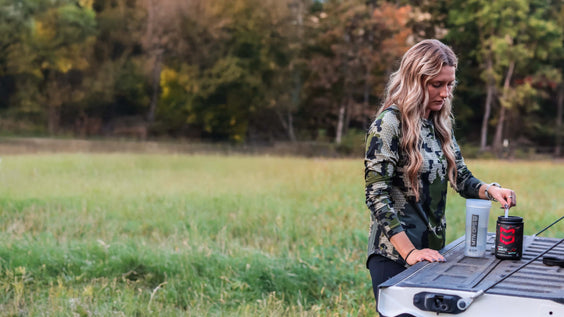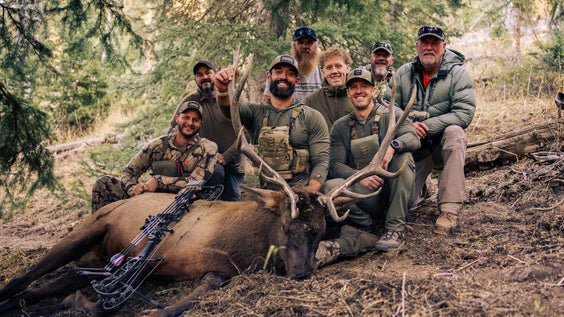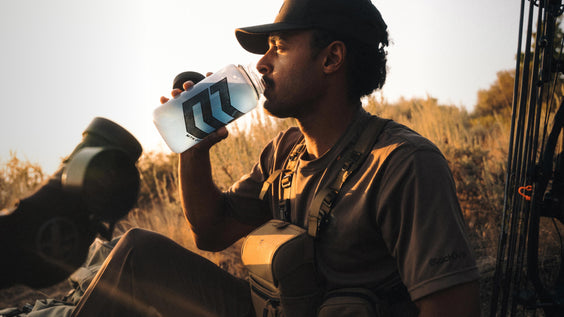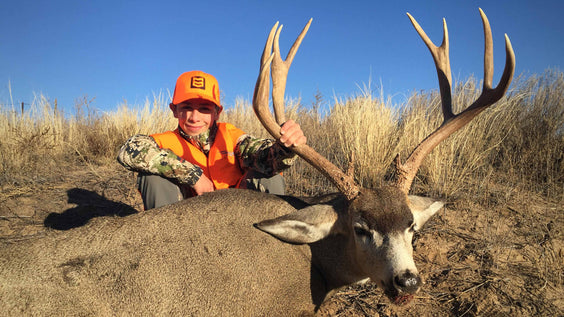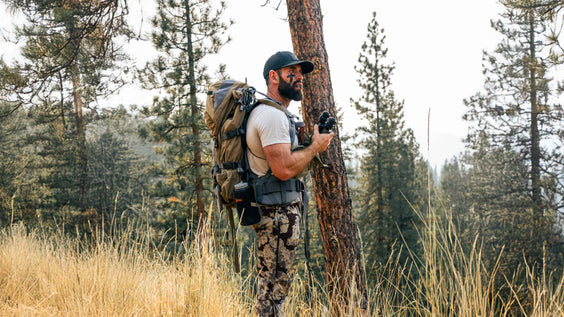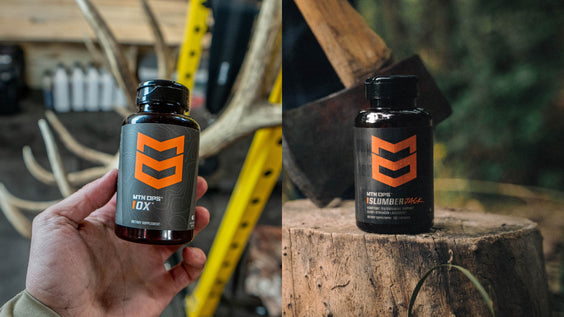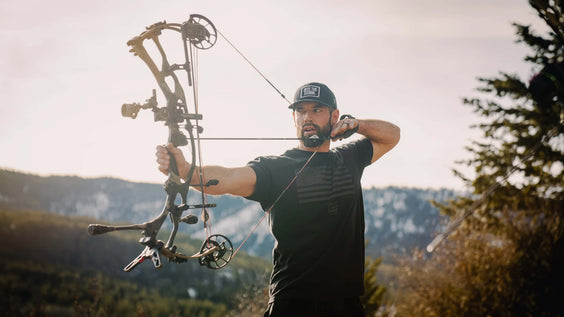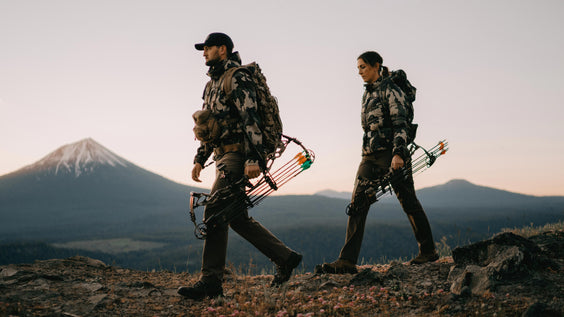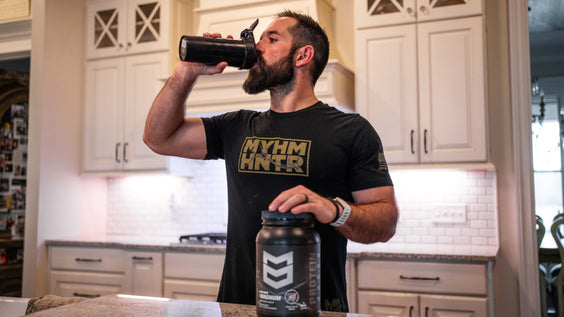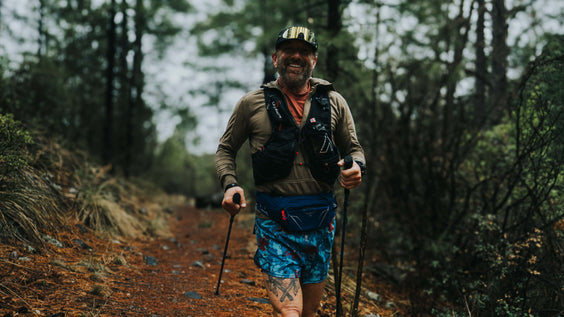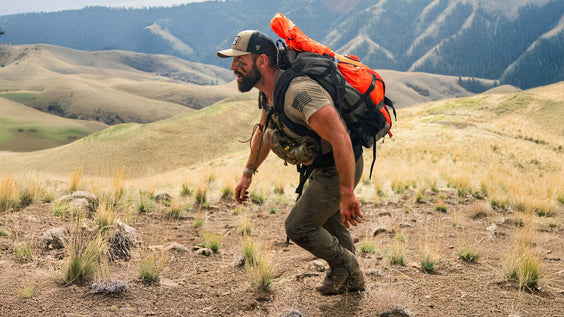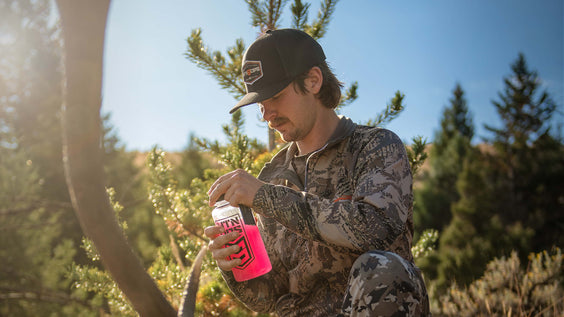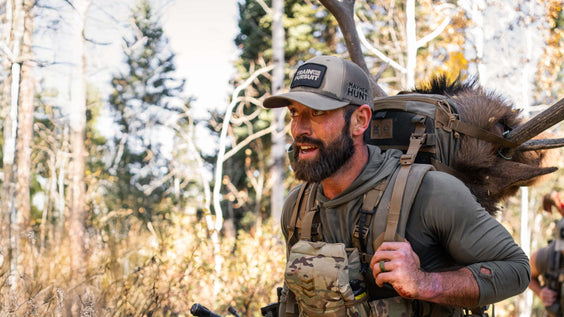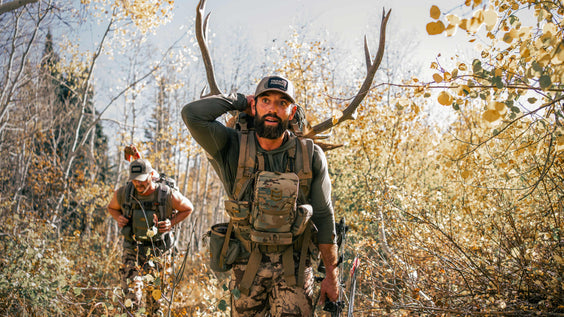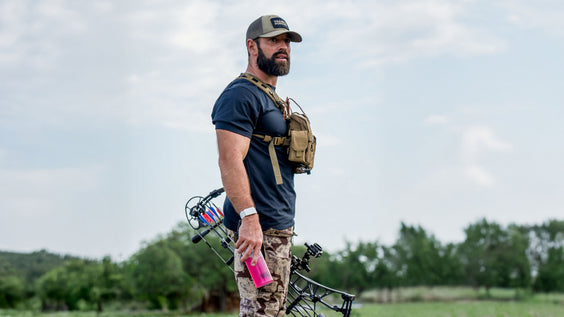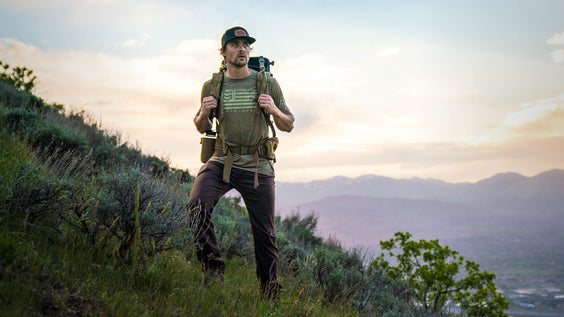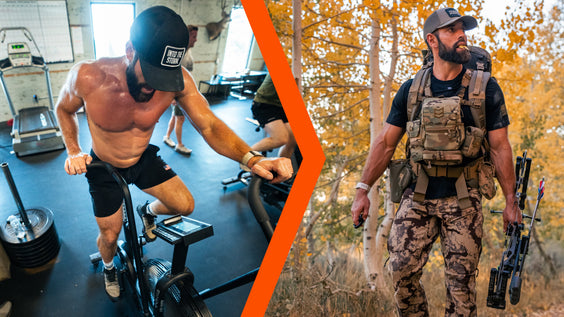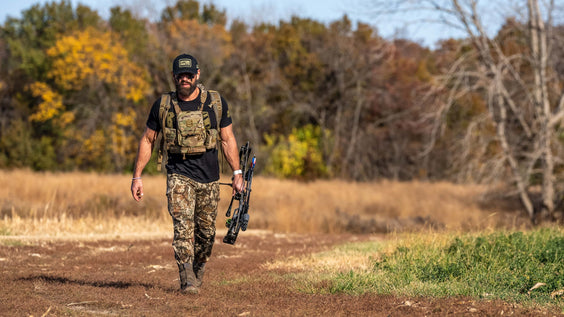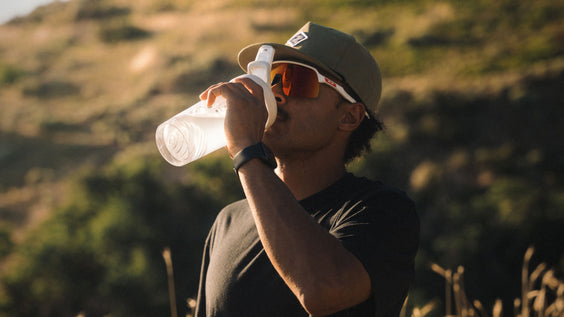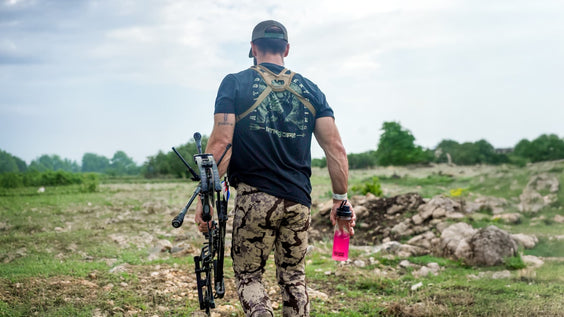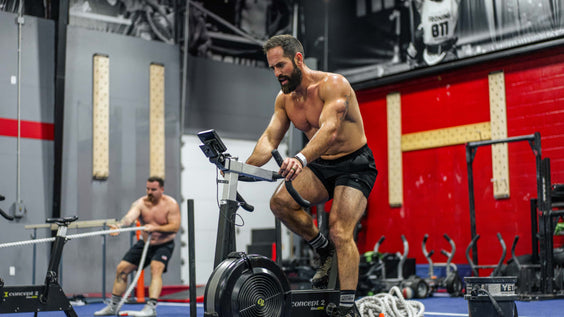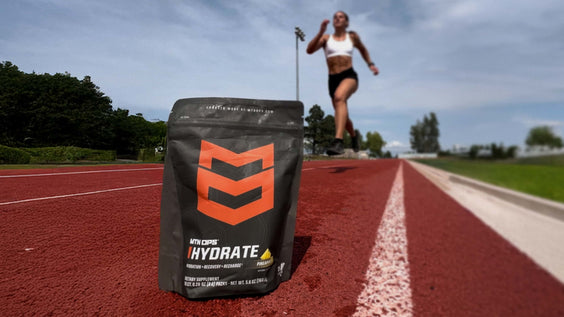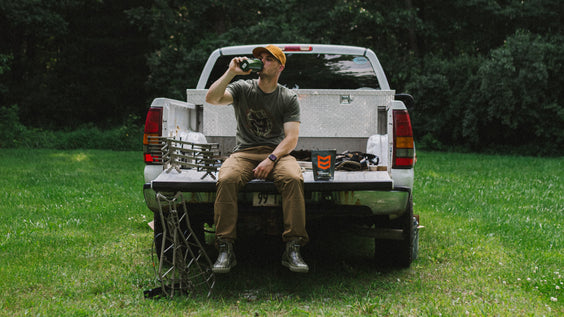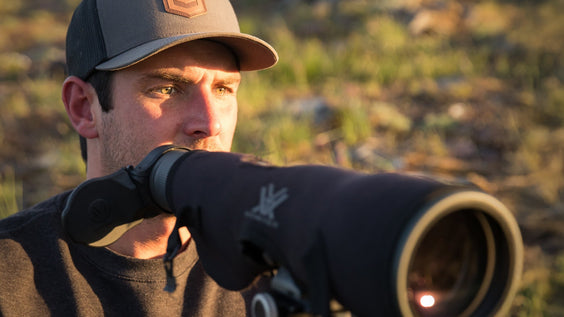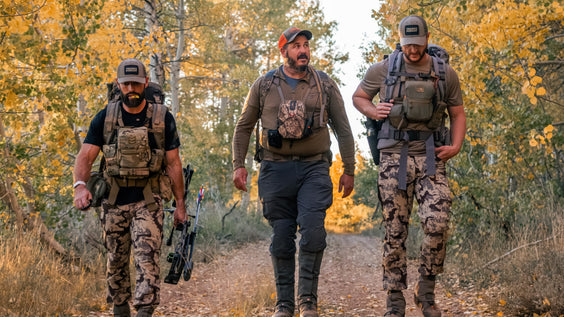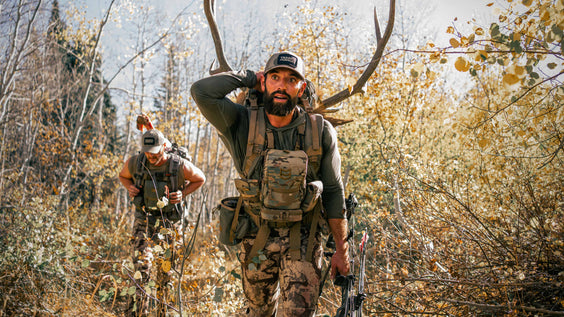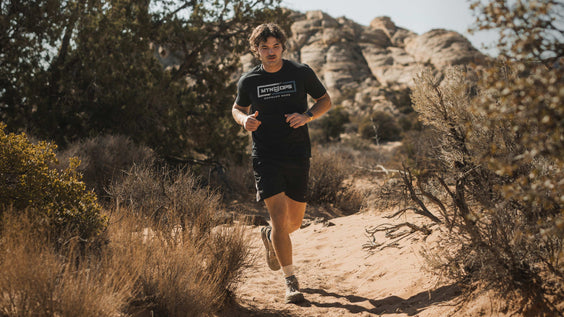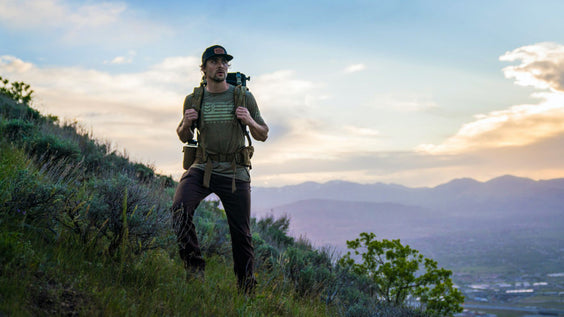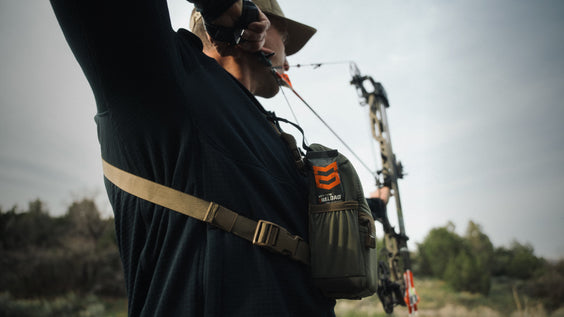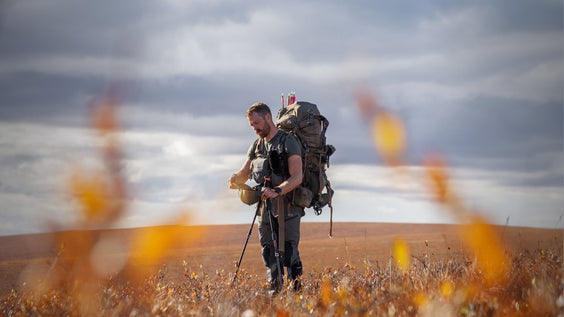

Physical Preparation for Waterfowl & Upland Hunts
Nov 20, 2025
By MTN OPS TEAM
By Preston Ward, PT, DPT, OCS – CEO of MTN PHYSIO
More Than Just the Dogs Doing the Work
“Preparing your body for hunting can be the difference between a great day in the field and a season cut short by pain or fatigue.”
Whether you're calling mallards into flooded timber or following your pointer through chest-high grass, hunting with dogs is physically demanding. Long days wading through mud, carrying decoys, or hiking miles of uneven terrain put strain on your body. The constant crouching, twisting, mounting, and reacting to your dog adds up fast.
Preparation is key. With the right mobility, strength, conditioning, and hydration, you’ll stay in the game all season long, and if you come up short, we are here for you with our custom programming.
Bird Hunting is Physically Demanding
Bird hunting, whether pursuing waterfowl in marshes or upland game across rolling fields, is physically demanding. With generous season dates, good dogs and fun times it’s no wonder these are some of our favorite memories and why we hope to help others make these same memories afield.
Waterfowl hunting often requires wading through cold, uneven terrain while setting decoys or swinging on fast-flying birds. Repeatedly mounting your shotgun in chilly conditions can quickly fatigue your neck, shoulders, and back. Upland hunting presents a different challenge: hours of walking through tall grass or brush, squatting to flush birds, following your dog through sudden directional changes, and carrying your gun all day. Without proper preparation, these movements can leave your low back, knees, hips and shoulders sore or injured.
Build a Strong Foundation of Mobility, Strength and Endurance
The foundation of staying safe and effective in the field starts with mobility. Good mobility allows your body to move efficiently and pain-free, reducing the risk of injury and helping you keep up with your dog. Incorporating simple drills three to four times per week can make a big difference.
Hip 90/90 rotations improve hip rotation for navigating uneven terrain, while thoracic “open book” stretches loosen your mid-back for easier rotation when swinging on birds. Ankle dorsiflexion stretches enhance balance on side-hills or in water, and shoulder pass-throughs or band dislocators prepare your shoulders for repetitive mounting and shooting.
Strength and endurance are equally important. Bird hunting is largely an endurance sport, and a strong, conditioned body keeps you moving efficiently even during long, grueling days. Key movements to incorporate into your routine include split squats or step-ups to build leg strength, farmer carries for grip, shoulder, and core endurance, rows and band pulls to stabilize your shoulders, and core anti-rotation drills like Pallof presses and side planks. Strong, stable muscles allow you to move efficiently and maintain control, even when your attention is focused entirely on your dog.
Conditioning is the final piece of preparation. Long hikes, quick bursts of speed to follow your dog, and challenging terrain all demand both stamina and recovery. Weighted pack walks, or rucking, with 25–30 pounds for 30–60 minutes two to three times per week simulates field conditions and builds endurance, not to mention taking your dog along can build there endurance too. High-intensity interval training (HIIT) using hill sprints, stairs, or shuttle runs enhances your ability to respond to sudden movements. Trail running or hiking in boots with a pack mimics the terrain and load of a real hunt, while active recovery days help promote blood flow and reduce stiffness.
Hydration and Recovery
Hydration is often overlooked, but even mild dehydration can sap energy, slow reaction time, and increase injury risk. During training, aim to drink at least half your body weight in ounces of water daily. Before morning hunts, drink 12–16 ounces to prime your body, and consider electrolytes for longer, strenuous outings.
Recovery is an essential piece of the puzzle to allow you to hunt day after day or to chase those “Devil Birds” up those steep mountain hillsides well into February. After a long day in the field the use of foam rollers, stretching, therapeutic rubs and full body movements are essential to loosening up muscles and keeping you from cramping.
Final Thoughts
While it is the ultimate experience to watch a dog lock up on a bird as you move in for the flush, watch your footing! A twisted ankle, a damaged knee from a fall will bring your season to an end faster than a teal flying past on opening day. Always watch your footing, kneel instead of bending when interacting low to the ground, and move deliberately to avoid sudden, uncontrolled movements.
With mobility, strength, endurance, hydration, and proper recovery, you’ll walk farther, move smarter, stay energized, and recover faster. Each flush, retrieve, and point becomes more enjoyable because your body is prepared to perform all day without giving out.
Author Bio:
Preston Ward, PT, DPT, OCS is the founder of MTN PHYSIO, where he helps hunters, outdoorsmen, athletes and companies move better, train smarter, and perform stronger in the mountains and the field. When he’s not treating patients, he’s in the field hunting alongside his dogs, testing the techniques he teaches, or chasing big game animals with his bow in hand.





